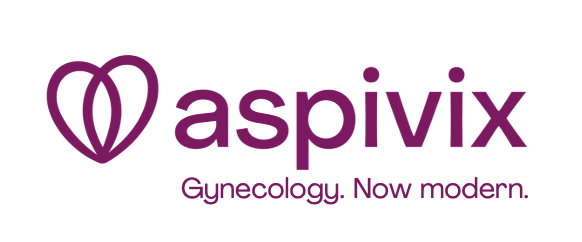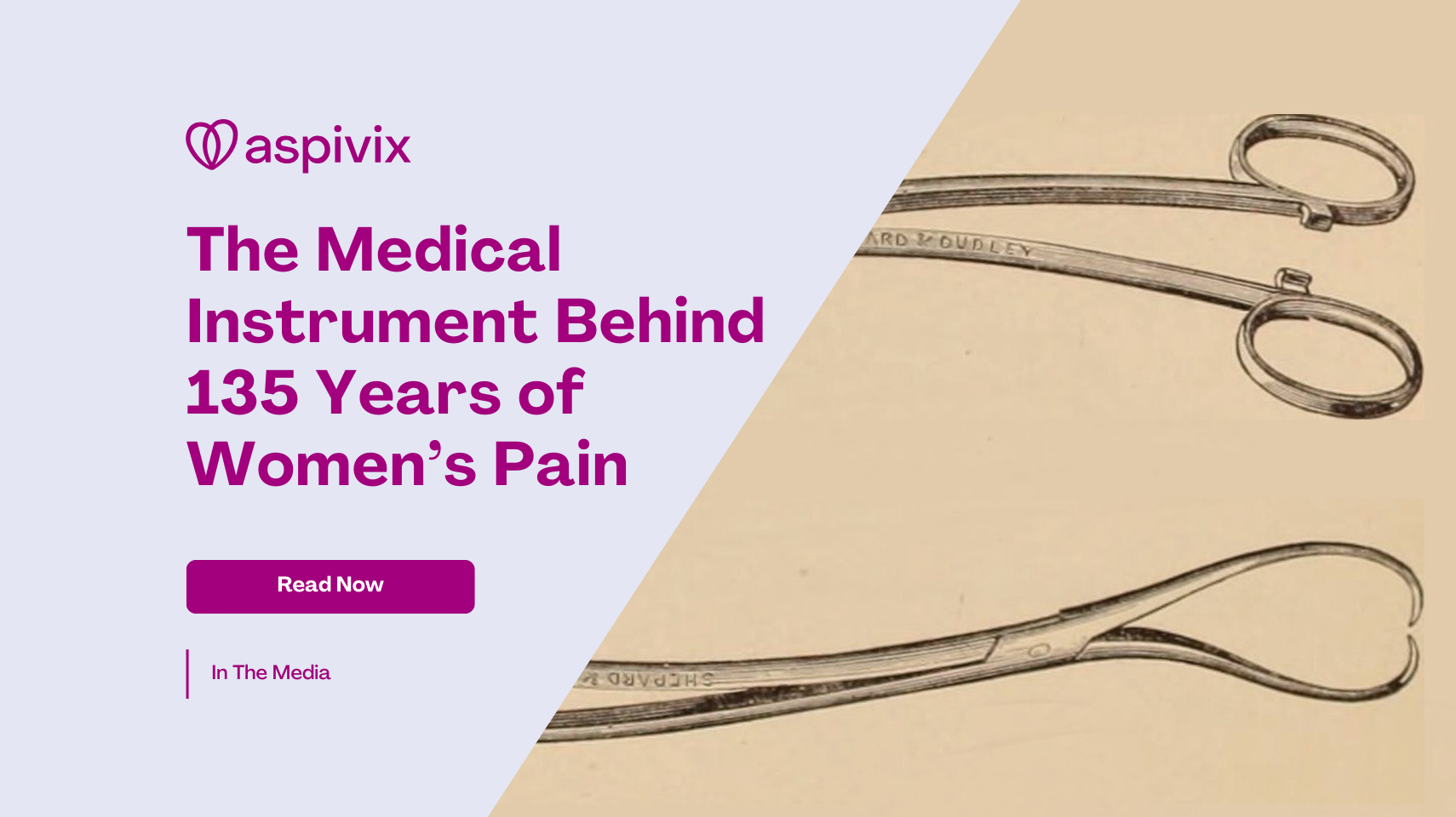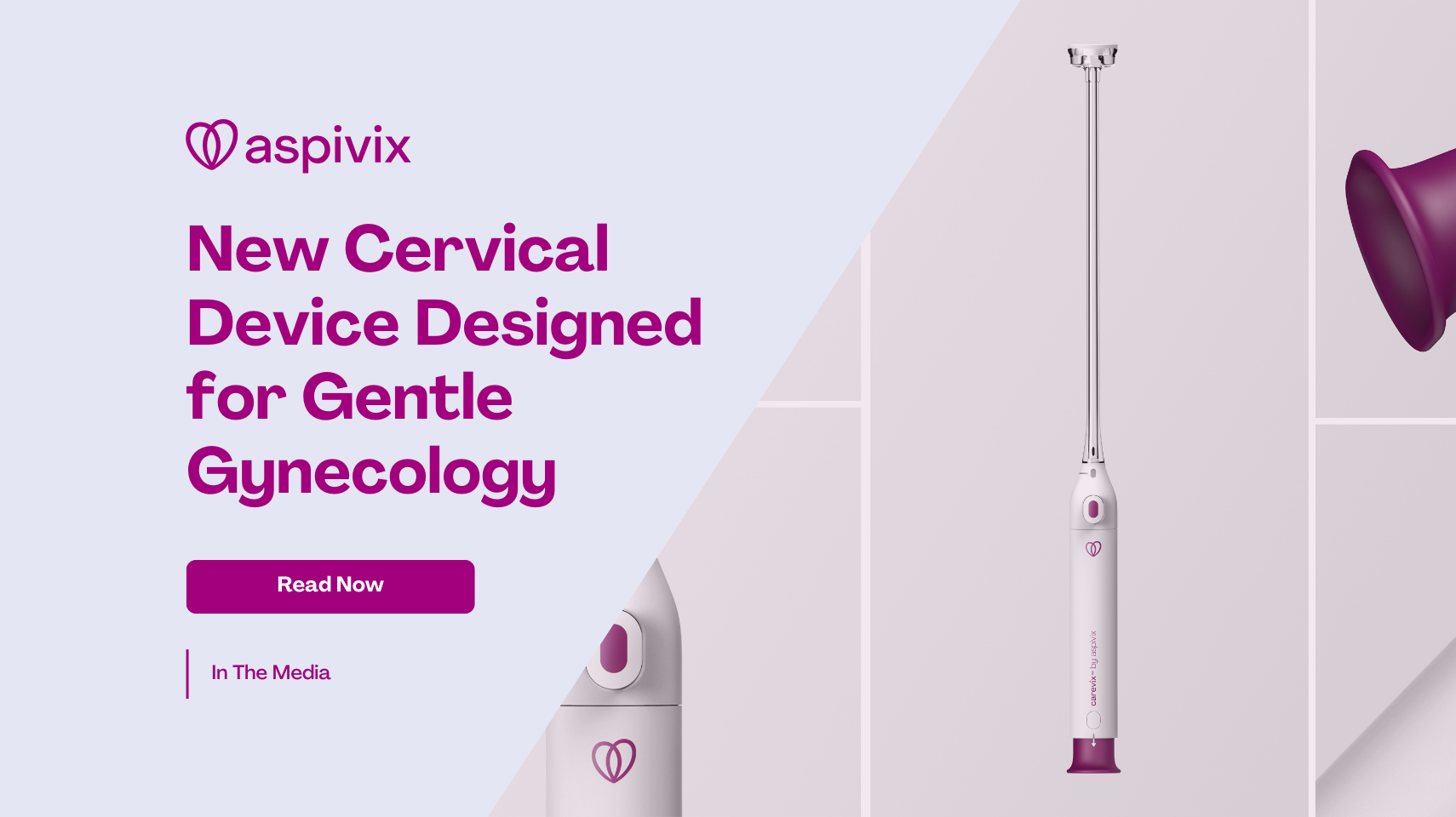
September: A Celebration of Sexual Health
Although September is recognized as Sexual Health Awareness Month, there is one special day we would like to highlight. Every year – on September 26th – a coalition of global organizations unite to celebrate the World Contraception Day. Its unique mission? To improve awareness of contraception so every pregnancy is intentional and to educate young people to make informed choices about their sexual and reproductive health.
Empowerment through education is crucial
The World Contraception Day is all about empowerment through education. The campaign focuses on four key principles to decrease unintended pregnancies:
- Information is independence.
- Sexual education must be free from stigma, taboo, and false beliefs.
- Sexual health services must be youth-friendly.
- These services must be freely and easily available to everyone.
Revolutionary approach to sexual education is needed
World Contraception Day promotes a revolutionary approach to sexual education. It is aimed at young people with the vision of a world where every pregnancy is wanted. The campaign addresses the following problems:
- 85 million annual pregnancies are unintended, or >40% of all pregnancies worldwide. These pregnancies result in 50% abortions, 12% miscarriages, and 38% unplanned births.
- 25 million unsafe abortions are performed each year. 5% to 13% maternal deaths can be attributed to unsafe abortions.
- 16 million adolescents aged 15 – 19 years give birth every year. For this age bracket, pregnancy and childbirth are a leading cause of death globally.
- 214 million women who want to avoid pregnancy are not using an effective contraceptive method.
- The number of women with a need for family planning will stay unchanged between 2015 and 2030.
- A high percentage of abortion-related deaths and injuries could be prevented through sexual education, the use of effective contraception and the provision of safe, legal abortions.
Find out more about this global movement at www.your-life.com or subscribe to our blog below.
SOURCES:
- Global, regional, and subregional trends in unintended pregnancy and its outcomes from 1990 to 2014.
- Preventing unsafe abortion, Fact sheet N°388, WHO (2019).
- Maternal, newborn, child and adolescent health, WHO (2015).
- Girlhood, not Motherhood. Preventing Adolescent Pregnancy, UNFPA (2015).
- Adolescent pregnancy, Fact sheet N°364, WHO (2018).
- Investing in Contraception and Maternal and Newborn Health, (2017).
- Trends in Contraceptive Use Worldwide 2015.
- The Impact of Contraceptive Failureon Unintended Births and Induced Abortions: Estimates and Strategies for Reduction
Share this story:










